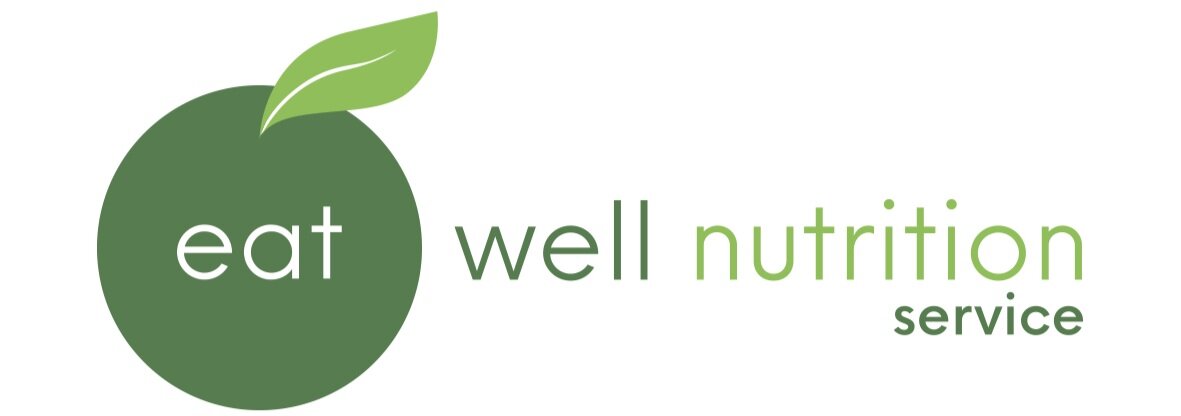Managing Nutrition – Vegetarian Diets in Aged Care
Increasing diversity in the cultural and religious backgrounds of our aged care residents means that we need to cater to many different diet preferences. One of these preferences may be to follow a vegetarian diet. Someone may choose a vegetarian diet for a number of reasons including personal preference, ethical, health-related, environmental, cultural or religious reasons.
A vegetarian diet is based on mainly plant foods and usually excludes the consumption of animal products such as meat, poultry, seafood or animal by-products such as gelatin. Some vegetarians may exclude eggs and dairy too.
There are different types of vegetarianism which can be defined as follows:
A ‘lacto vegetarian’ consumes dairy foods but no meat, poultry, fish or eggs;
A ‘lacto-ovo vegetarian’ includes dairy foods and eggs, but no meat, poultry or fish;
A ‘pescetarian’ includes fish and other seafood, but no meat or poultry (while eggs and/or dairy foods may or may not be eaten); and
A ‘vegan’ eats only foods of plant origin.
As vegetarian diets can be defined in so many ways, it is important to clarify which foods resident will and won’t eat. For example, a resident may describe themselves as vegetarian when the only restriction is red meat. They may still include chicken, fish, eggs and dairy foods in their diet. Establishing food preferences on admission and documenting on dietary assessment forms and care plans ensures that catering and other staff are aware of which foods are suitable for the resident. This will help to avoid unnecessarily restricting food and therefore improve the nutritional quality of the diet as well as maximising food enjoyment for the resident.
A vegetarian diet can be healthy as many plant foods are low in saturated fat and high in dietary fibre. A vegetarian diet just requires careful planning to make sure it is well balanced and includes a wide variety of foods to meet nutritional needs.
We can ensure our vegetarian residents are provided with a healthy balanced diet by including a range of foods from each of the food groups:
Fruits and vegetables – including different types and colours
Eggs, nuts and seeds, meat alternatives (eg tofu), legumes/beans
High fibre (wholemeal/wholegrain) breads, cereals, rice, pasta, noodles, oats
Dairy food such as milk, yoghurt, cheese and/or calcium enriched soy foods.
As the majority of aged care meals are based on a protein source of chicken, pork, red meat or fish, someone who excludes one or all of these foods, may be at risk of not receiving adequate protein in their diets. Protein provides the body with amino acids which are required for maintaining muscle mass as well as many other body processes. It is therefore essential to have alternative protein options for residents who follow a vegetarian or vegan diet such as:
Dairy foods (milk, custard, yoghurt or cheese)
Eggs
Legumes (peas, beans, lentils)
Nuts and seeds
Wholegrains and cereals
Soy-based products such as tofu, tempeh or soy milk.
Vegetarian meals may also be fortified with milk powder and cheese to ensure that they contain enough protein & energy. For example; adding milk powder to mashed potato, cereals and desserts, plain yoghurt to curries and creamy dishes, or cheese to egg based dishes.
It is important that aged care menus detail vegetarian options for residents who require them.
In summary it is possible for residents following a vegetarian or vegan diet to meet their nutritional needs as long as they are offered a range of foods from all of the food groups and offered alternative sources of protein. It is also important to find out exactly which foods residents enjoy to ensure we provide the maximum variety within their preferences.
